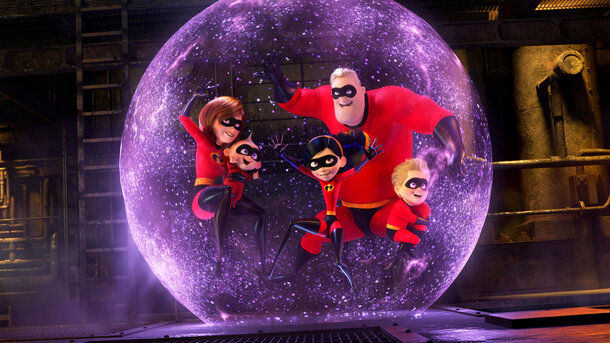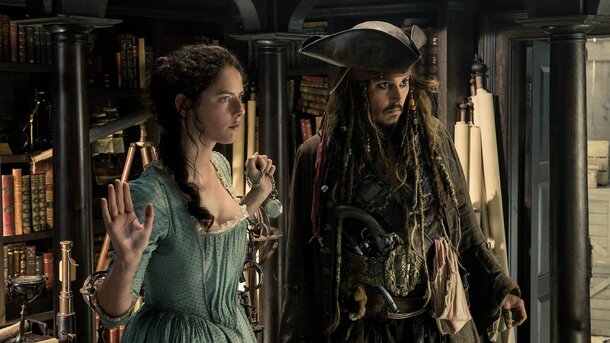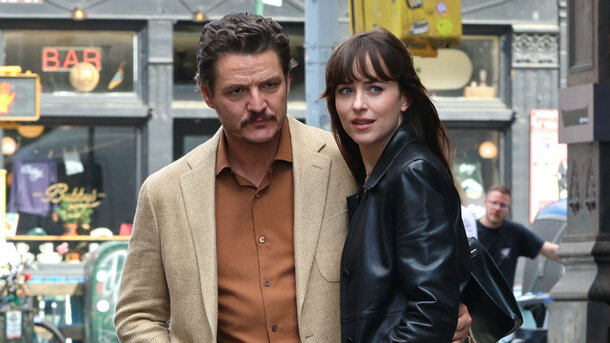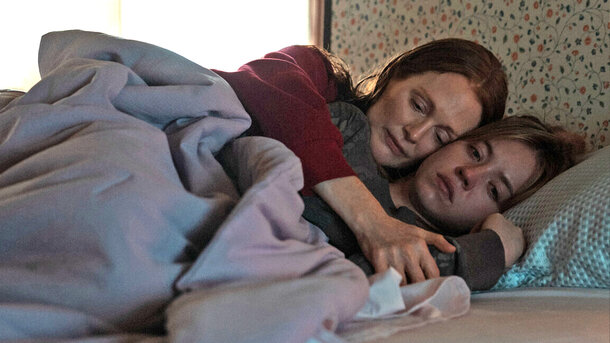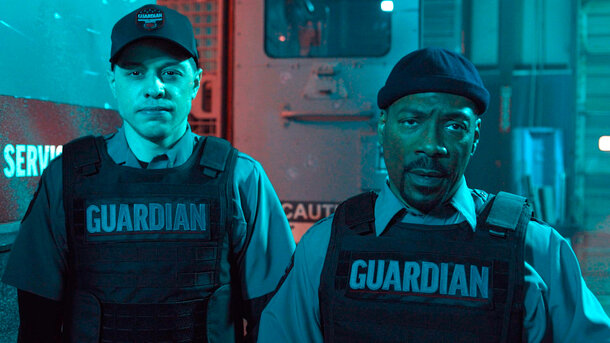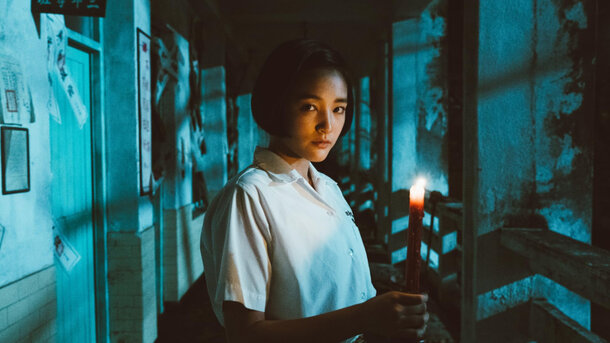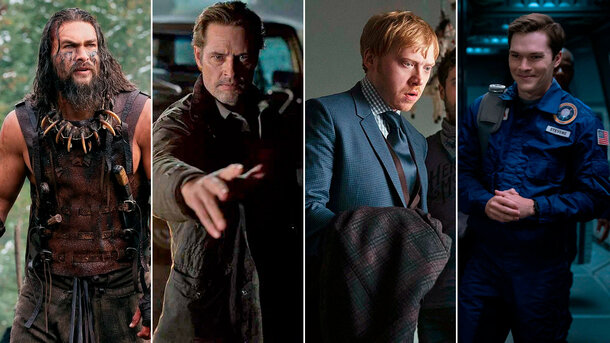In 2007, the world was mesmerized by Will Smith, who wandered alone through an extinct New York in the film I Am Legend. Like Robinson Crusoe in a post-apocalyptic setting, he fought bloodthirsty creatures, trying to save the remnants of humanity. The film turned out to be spectacular, dynamic and... very far from the original.
I Am Legend: book vs. film
The film, based on the novel of the same name by Richard Matheson, gave viewers the image of a lonely hero fighting for survival. But those who dared to look deeper and read the book discovered a gap between the Hollywood adaptation and the author's intent. This gap, like a rift, changes the perception of the entire story.
In Matheson's novel, the virus, of course, turned people into vampires. But not into insane, thoughtless monsters, but into... an evolved form of life. Yes, they could not stand sunlight, they needed blood, but they were not deprived of reason and will. Over time, they learned to control the virus, adapted to the night lifestyle and began to build a new society based on their own laws.

I Am Legend: When Monsters Are Not Vampires
And here the key question arises: who is the monster then? The main character, Robert Neville, who exterminated "vampires" during the day, seemed to the new society not a savior, but a serial killer, a maniac who violated their way of life. He is a threat that must be eliminated.
In the original ending, Robert is executed. He becomes a legend, but not as a hero, a savior of humanity, but as a monster, a nightmare that needed to be gotten rid of. This ending turns everything upside down, forcing us to think about the boundaries of the norm and deviation.
What if the hero and the villain switched places? What if what we consider "right" is actually a crime against the world?

